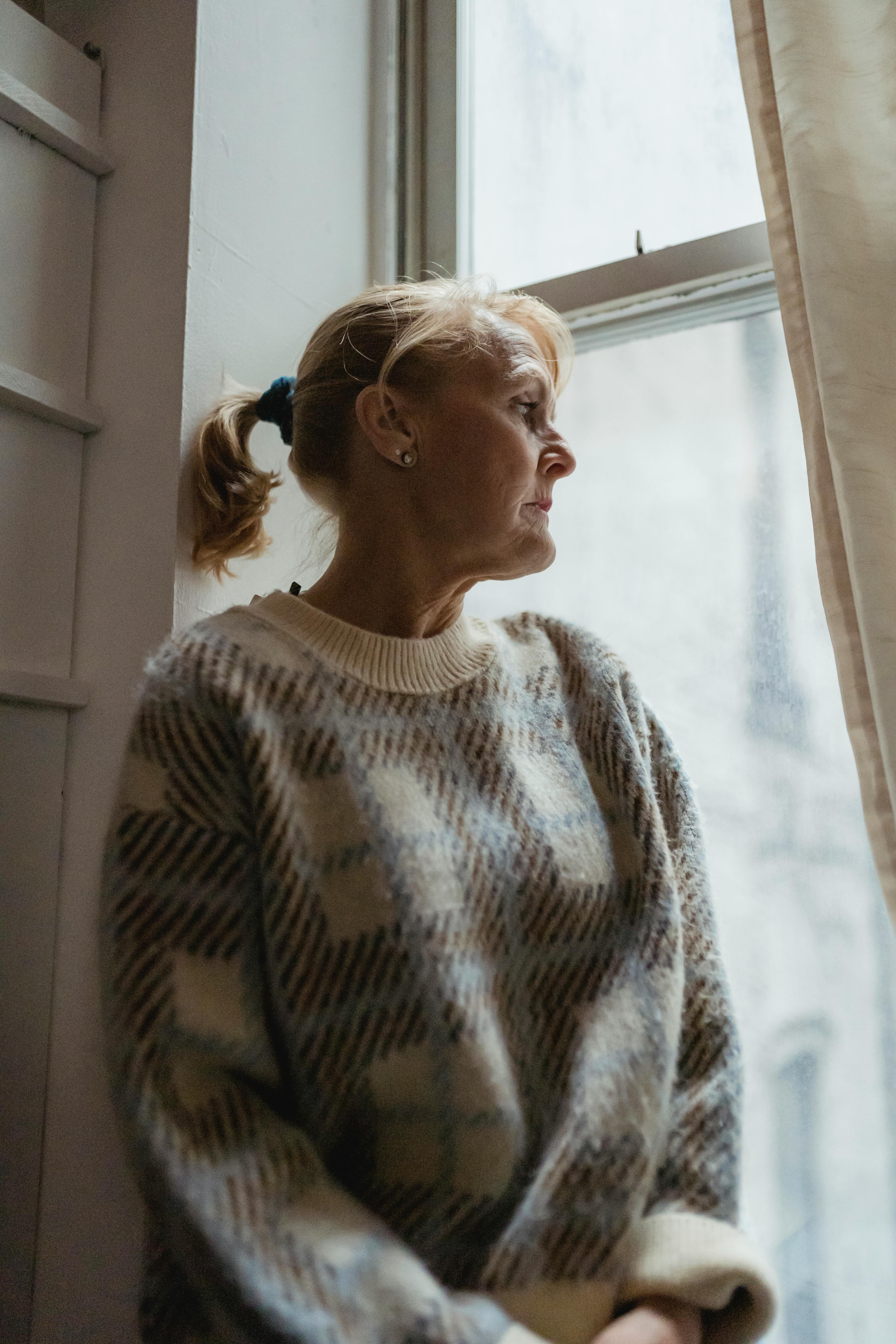As the days grow shorter and colder, many people notice a change in their mood and energy levels. Seasonal Affective Disorder (SAD) is a type of depression linked to the changing seasons, typically occurring in late fall and winter and subsiding in the spring or summer.
What Causes SAD?
While the exact causes of SAD aren’t fully understood, experts believe it is related to reduced exposure to sunlight during the darker months. This lack of sunlight can disrupt the body’s internal clock, known as the circadian rhythm, and lower serotonin and melatonin levels, which regulate mood and sleep patterns. Individuals living in northern latitudes or regions with prolonged winters are particularly at risk.
Symptoms of SAD
Common symptoms include:
- Persistent feelings of sadness or hopelessness
- Low energy or fatigue
- Changes in sleep patterns (oversleeping or insomnia)
- Increased appetite and carbohydrate cravings
- Difficulty concentrating
Treatment and Management
The good news is that SAD is treatable. Common strategies include:
- Light Therapy: Sitting near a light box that mimics natural sunlight for about 20-30 minutes a day can help regulate mood.
- Psychotherapy: Cognitive-behavioral therapy (CBT) is effective in addressing negative thought patterns associated with SAD.
- Medications: Antidepressants may be prescribed for individuals with severe symptoms.
- Lifestyle Changes: Regular exercise, spending time outdoors, and maintaining a healthy diet can alleviate symptoms.
When to Seek Help
If you or a loved one experiences prolonged symptoms that interfere with daily life, it’s important to consult a healthcare provider. Early intervention can prevent symptoms from worsening.
Conclusion
Seasonal Affective Disorder is a common but manageable condition. By understanding its causes and treatments, those affected can take proactive steps to maintain their well-being throughout the year.
References
- National Institute of Mental Health (NIMH). “Seasonal Affective Disorder.” Retrieved from https://www.nimh.nih.gov
- Mayo Clinic. “Seasonal Affective Disorder (SAD).” Retrieved from https://www.mayoclinic.org
- American Psychological Association. “Understanding SAD.” Retrieved from https://www.apa.org
This post aims to shed light on SAD and promote awareness for those affected by it. If you have further questions, feel free to reach out to a healthcare professional or mental health specialist.



Comments are closed